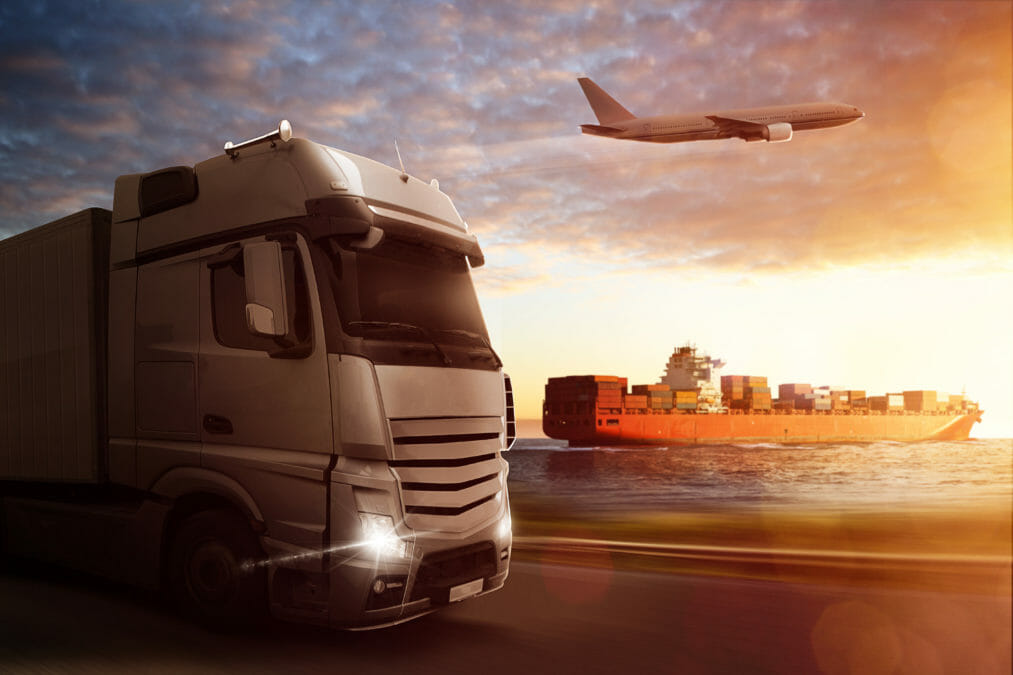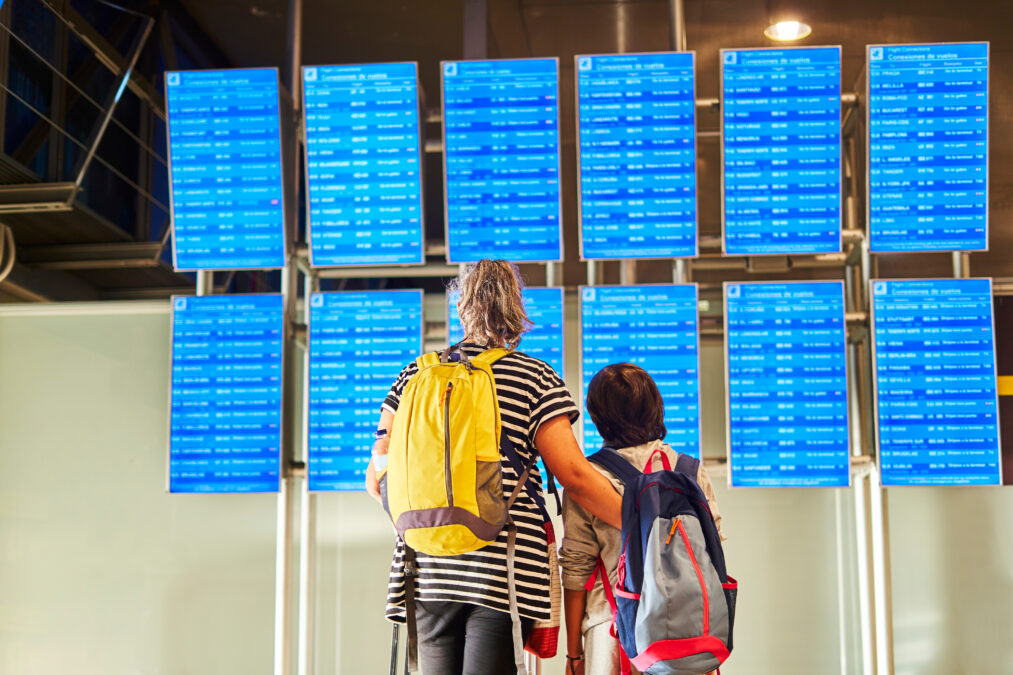The use of drones, or Unmanned Aerial Vehicles (UAVs), is attracting increasing attention due to their transition from uses predominantly associated with the military to a range of applications in everyday life. The technology is constantly evolving with UAVs becoming faster, flying at longer ranges, and carrying increasingly sophisticated equipment. The cost of drones is falling and consequently their accessibility to and use by public and private bodies, and the wider public, is increasing.
Civilian drones are being used by companies ranging from utilities companies to surveyors, and news organisations to farms. With increasing functionality, drones have the capability to undertake infrastructure examination, land analysis and surveillance, amongst many others. Other uses include hurricane hunting, 3-D mapping, protection of wildlife and search and rescue.
Businesses are increasingly questioning how such technology can be used to improve business performance or reduce health and safety risks, however, uses of drones are faced with a complex assortment of legal and regulatory obstacles to overcome.
Regulatory environment
In the UK, the Civil Aviation Authority ('CAA') is charged with regulating civilian drone use up to a mass of 150kg, at which point jurisdiction shifts to the European Aviation Safety Authority ('EASA'). To avoid many of the more burdensome obligations, a UAV must fall within the definition of a 'small unmanned aircraft' in the Air Navigation Order 2009 ('ANO'), defined as 'any unmanned aircraft… having a mass of not more than 20kg without its fuel but including any articles or equipment.' Before procuring a drone it would therefore be prudent to consider the functionality that would be required as additional size and weight may determine the applicable regulations.
Commercial drone services provided by companies are more highly regulated by the CAA and require prior permission where such services fall within the definition of 'aerial work'. Aerial work is defined in the ANO as being, 'any purpose, other than commercial air transport or public transport, for which an aircraft is flown if valuable consideration is given or promised…'
This would, for example, apply if an organisation provides drone services which provide high-resolution aerial filming services, such as SkyVantage. Importantly however, the restriction would not apply where drone operations are carried out by organisations for internal purposes (i.e. without payment). CAA aerial work permission is required annually, and whilst this introduces administrative burdens, it does not seem that the CAA has, to date, been restrained in granting permission, with over four-hundred companies and public bodies listed by the CAA as having the required consent.
However, the greatest regulatory restriction to drone operation is the requirement to remain within 'direct, unaided, visual contact' with the UAV throughout its flight. This has been determined to be five-hundred metres horizontally and four-hundred feet vertically from the operator. This small area of operation is imposed largely due to the lack of aerial avoidance technology recognised as adequate by the CAA, who prefers to apply a blanket 'see and avoid' policy approach.
Although operating beyond the visual line of sight is possible with CAA permission, it is likely that particularly robust aerial avoidance functionality would be required. The current CAA position is that, to their knowledge, no technology with adequate 'performance or reliability' features is available for civilian purposes.
Additional safeguards exist such as no-fly zones in order to protect buildings and other obstacles, the wider public and segregated airspace that together create a framework of governing regulation for civilian drone use.
> See also: 2018 Update to UK Drone Laws and affect on business
Data protection challenges
Data protection rules may also apply to drone operation where the drone collects and processes personal data, which may be the case if, for instance, the drone is fitted with a camera. In the UK, this processing of personal data is likely to be caught by the Data Protection Act 1998 ('DPA'). Organisations should consider whether the operation of a drone will involve the collection and processing of personal data and, if so, how this can be done in compliance with the DPA.
Details such as the flight plan, recording equipment on board and the purpose of the drone will all have a bearing on whether any personal data being captured can be processed lawfully. Failure to observe the requirements of the DPA could see significant fines being imposed by the Information Commissioner's Office ('ICO').
Growth in the use of drones has been accompanied by increasing concerns that the use of such technology may pose a threat to privacy and the increasing quality of audio and visual recording equipment exacerbates those concerns. The ICO has responded by publishing guidance on drone use in its Code of Practice for Surveillance Cameras and Personal Information, which was published in October 2014.
Reform
On 8 April 2014, the European Commission adopted a communication on the use and regulation of drones and drone-capable technology. Two main objectives exist: to create a harmonised single market regulatory framework for drone use, and to address growing public concerns surrounding data collection, retention and processing by drones. The EASA has been charged with reform proposals in both of these areas, and others, and by 2016 it is hoped that integration with segregated airspace will begin to occur. Presumably codified and harmonised rules will have been implemented by this stage, although no date has been set.
> See also: Rise of the drones
The commercial advantages to drone operations are now widely accepted; however their ultimate widespread success is largely in the hands of legislators. A commitment by the European Commission to make Europe a hub for drone technology remains a possibility, however the scope and complexity of EASA reform proposals is significant.
The lack of adequate aerial avoidance technology is the leading obstacle to effective drone operation in the short term; but other significant regulatory hurdles are also inherent in the use of drones, including compliance with data protection and health and safety laws. Overcoming these barriers is the key to unlocking the commercial and economic advantages that drone technology promises to bring.
Sourced from Luke Scott, Paralegal, Bond Dickinson LLP










